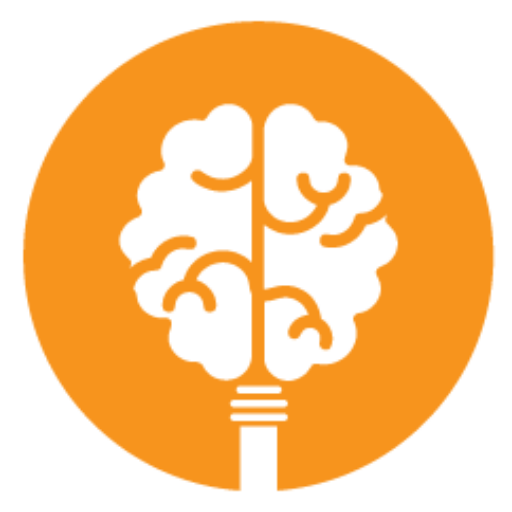- 20 Marks
Question
ai) Name the main factors of production. (2 marks)
aii) Name any four fixed capital items. (2 marks)
b) What does the U-shaped curve of the marginal cost (MC) indicate? (4 marks)
c) Name the main distinct market structures. (4 marks)
d) Mention two features of free competition. (4 marks)
e) Name any two factors that determine the total cost of any firm (4 marks)
(Total marks:20)
Answer
ai) The main factors of production are:
- Land: Natural resources.
- Labor: Human effort.
- Capital: Man-made tools.
- Entrepreneurship: Risk-taking and organization.
aii) Four fixed capital items are:
- Buildings (e.g., bank branches).
- Machinery (e.g., ATMs in Ghanaian banks).
- Vehicles (e.g., armored cars for cash transport).
- Furniture (e.g., office desks).
b) The U-shaped marginal cost (MC) curve indicates that MC initially decreases due to economies of scale and specialization, reaches a minimum at optimal output, then rises due to diseconomies like overcrowding or resource strain. In Ghanaian banking, this reflects how expanding branches reduces per-unit costs initially but increases them beyond capacity, as regulated by BoG’s operational risk standards under Basel II/III.
c) The main distinct market structures are:
- Perfect competition: Many buyers/sellers, homogeneous products.
- Monopolistic competition: Many firms, differentiated products.
- Oligopoly: Few firms, interdependent.
- Monopoly: Single firm, no close substitutes.
d) Two features of free competition (perfect competition) are:
- Large number of buyers and sellers, preventing price control by any one, similar to Ghana’s forex market under BoG oversight.
- Free entry and exit, allowing firms to enter profitable markets, as seen in fintech entries post-Act 987.
e) Two factors determining the total cost of any firm are:
- Fixed costs: Invariable with output, like rent for bank premises.
- Variable costs: Change with output, such as staff salaries tied to transaction volumes in Ghanaian banks.
- Topic: Product and Output – The Firm
- Series: APR 2023
- Uploader: Samuel Duah

